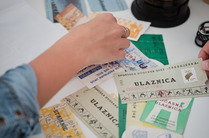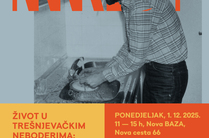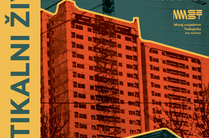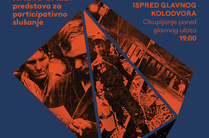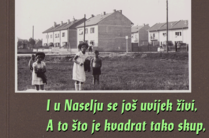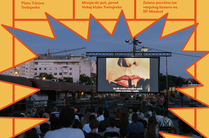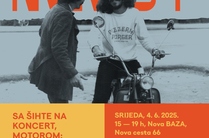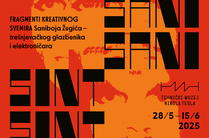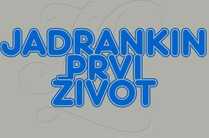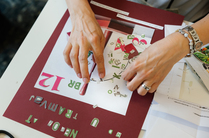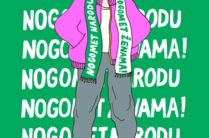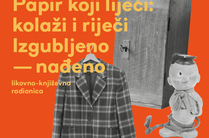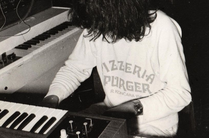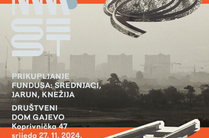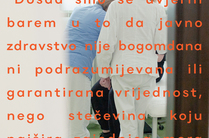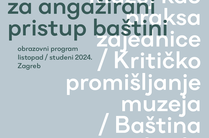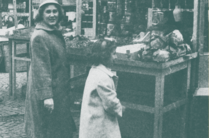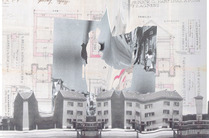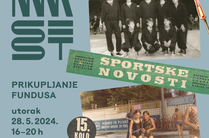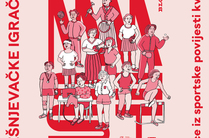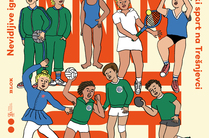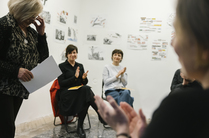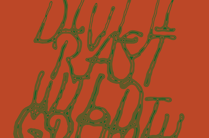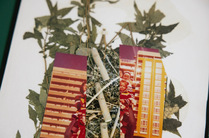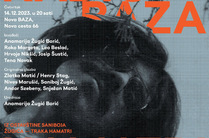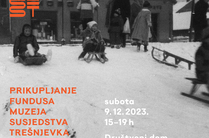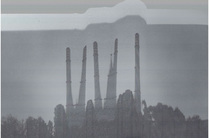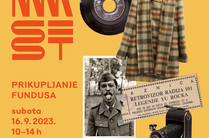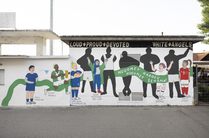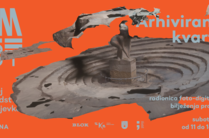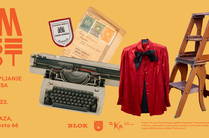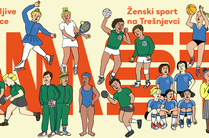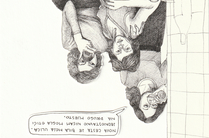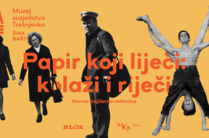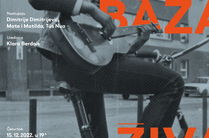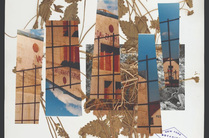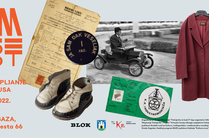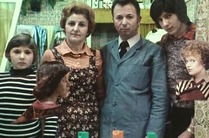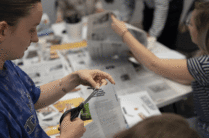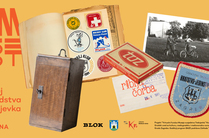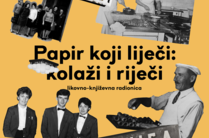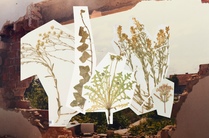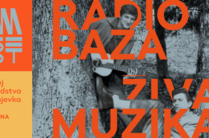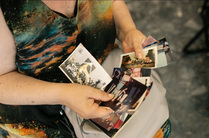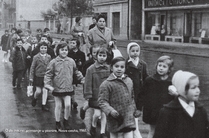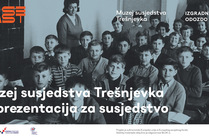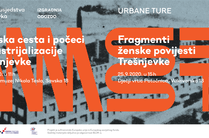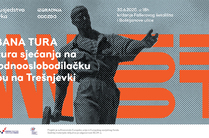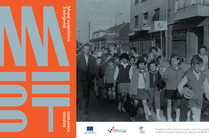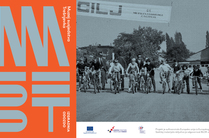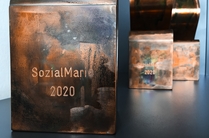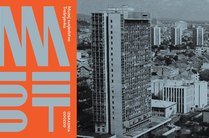"FLEETING FORM", MARKO TADIĆ'S EXHIBITION

MARKO TADIĆ: FLEETING FORM
EXHIBITION
28 JANUARY – 20 FEBRUARY 2022
TUESDAY TO FRIDAY: 16 – 20H
SATURDAY AND SUNDAY: 11 — 15H
NOVA BAZA
NOVA CESTA 66
"From the very beginning, the collection of the Trešnjevka Neighborhood Museum has been “dancing” along the fine line separating ordinary objects from museum artifacts, pushing it to include what would otherwise very likely be dismissed as unimportant and useless. It would thread the path of unwanted things, towards waste, or towards a flea market such as Hrelić or Njuškalo. It is there that it might be discovered by Marko Tadić, who devotedly sifts through the “assortment” of the used up and the worn out. Atypical archives, which are saved from disintegration and complete disappearance only by chance and sporadic ventures of enthusiasts, are his specialty. Without a physical space and institutional infrastructure, aimed at affirming the heritage of the neighborhood and its working-class identity, the Trešnjevka Neighborhood Museum itself is one such archive. In exploring it, Tadić focused on those artifacts that underline a recognizable neighborhood feature, the constant change of the urban landscape that reflects transformations in the ways housing for broad working classes in various economic and political circumstances is addressed.
Two types of objects become fundamental elements of Tadić's animated structure: drawings by Matija Pokrivka and photographs of the flood that hit Zagreb and Trešnjevka in 1964. The first are realistic, accurate drawings of the “shots” of Trešnjevka’s transformation in the post-war decades. Pokrivka, a “worker painter”, who himself came from Zagorje as one of the thousands of migrants who built Trešnjevka, does not hide his nostalgia for the narrow streets, small houses and courtyards in the notes accompanying the drawings. The goal of the transformation he recorded was a radical modernization of society in accordance with the construction of the socialist project, but although it meant a big leap forward in the quality of housing, it did not expunge the romanticization of almost rural Trešnjevka, its small scale, and lush greenery. It is the remnants of such structures that suffered the most damage in the great flood of Zagreb, when the Sava River overflowed its banks in October 1964 and when Trešnjevka was one of the most affected parts of the city. But the “big water” also did not spare the buildings of the new age, such as Ljubljanica Elementary School, the first post-war school building in Zagreb. Continuing his animation process, which instead of a clear narrative line suggests loose associations and automated drawing that follows its own logic, Tadić turns the flooded city into a construction site: instead of a city under water into a city on water.
When animating artifacts that are in themselves a document of transient forms of Trešnjevka, Tadić revives the legacy of utopian projections: both the perfect modernist city and the premodern rural communist community imagined by William Morris, for example. He also includes his regular reference to the Zagreb School of Animation and the city of Professor Balthazar. The continuous (dis)construction of Trešnjevka, otherwise a source of many frustrations for the residents of the neighborhood, becomes material for the imagination of (im)possible places, and the result is a fragment devoid of linear structure and clear logic, more similar to the neighborhood reality than it may seem at first glance. "
Ana Kutleša
THE EXHIBITION “FLEETING FORM” IS PART OF THE “TREŠNJEVKA NEIGHBORHOOD MUSEUM – LIVING HERITAGE” PROJECT. IT IS FINANCIALLY SUPPORTED BY THE CITY OF ZAGREB AND THE MINISTRY OF CULTURE AND MEDIA OF THE REPUBLIC OF CROATIA. THE ANNUAL PROGRAM OF BAZA IS SUPPORTED BY THE "KULTURA NOVA" FOUNDATION.








